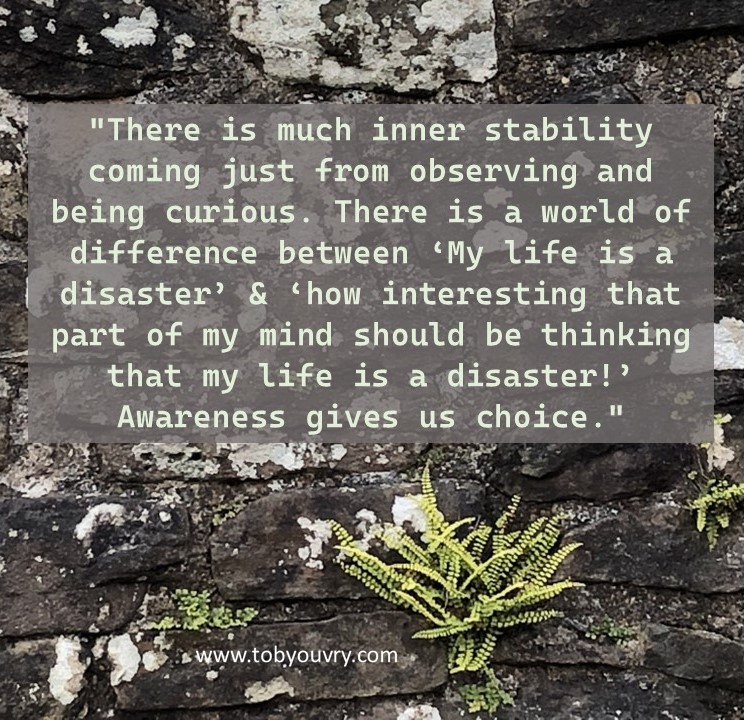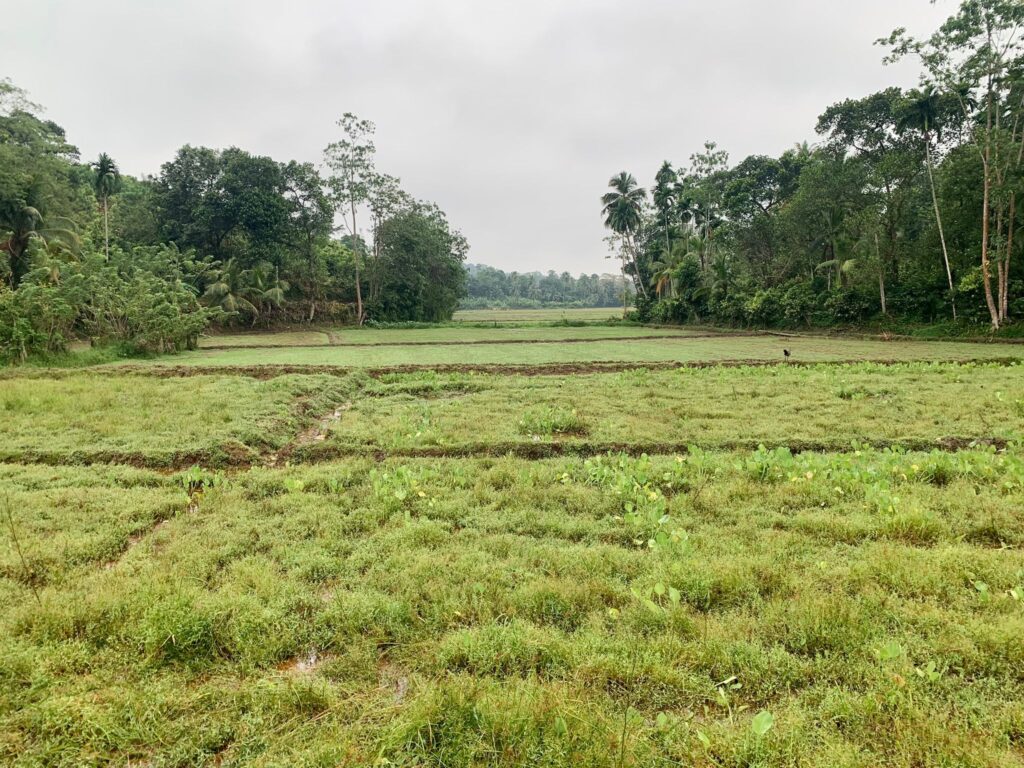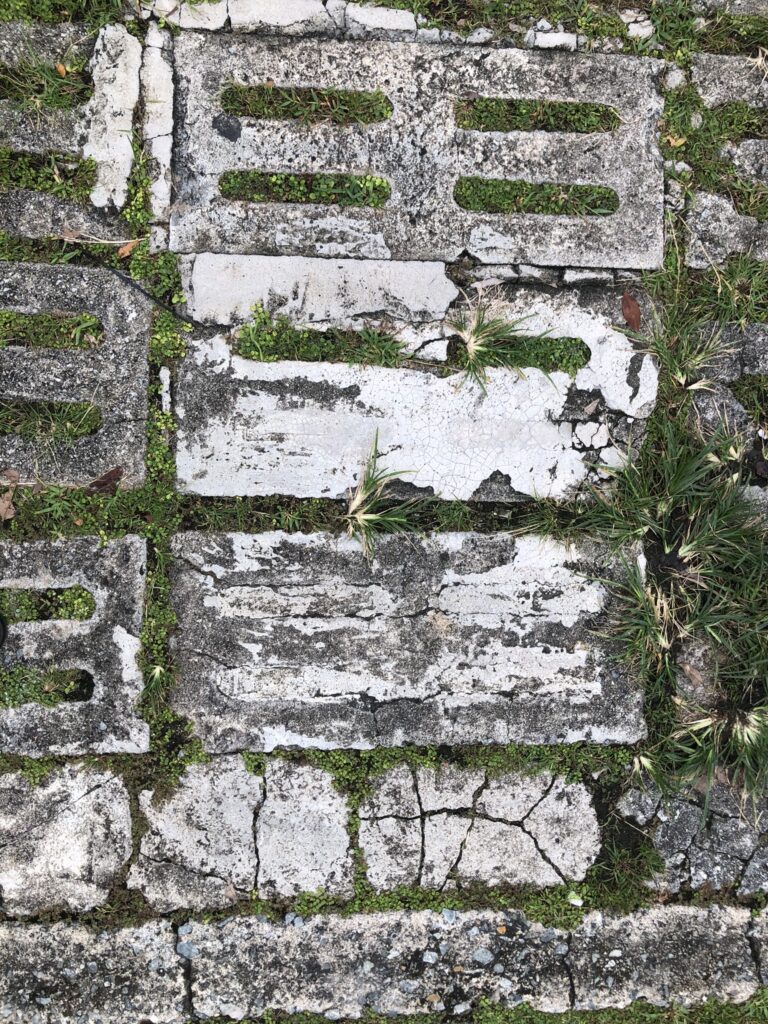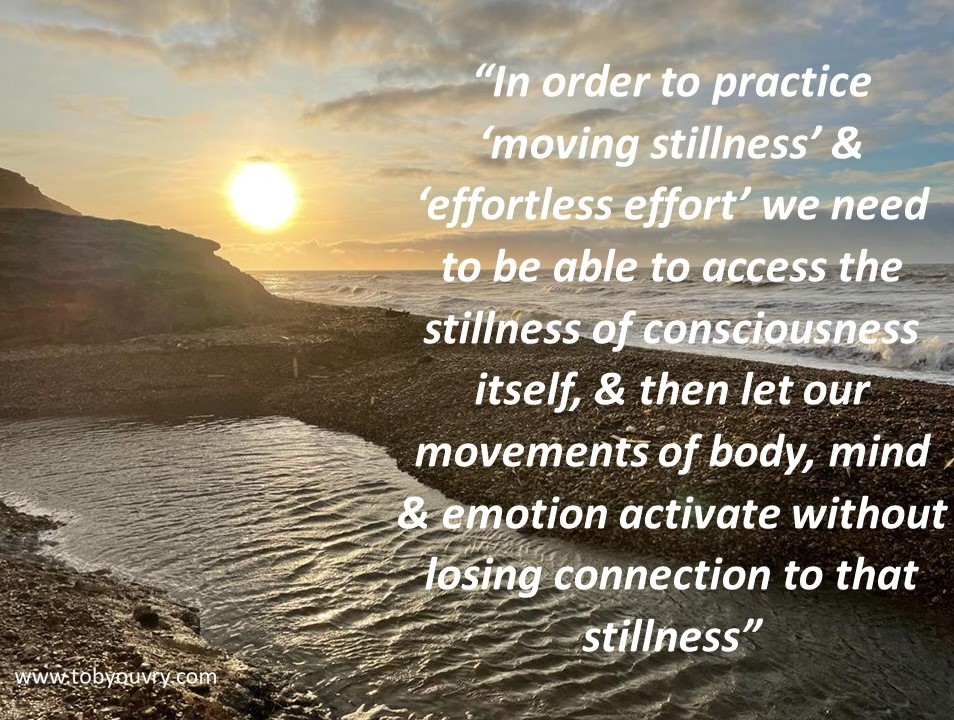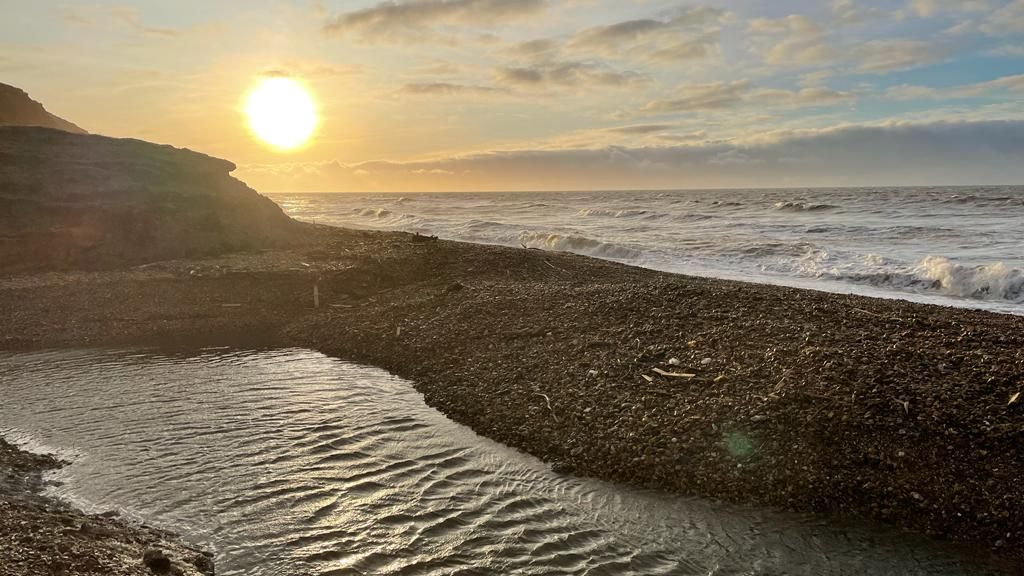“Trees are not trying to be anyone or anything else. They rest within their own natural dignity, their sense of inner sufficiency and completeness. What if you could be like that too?”
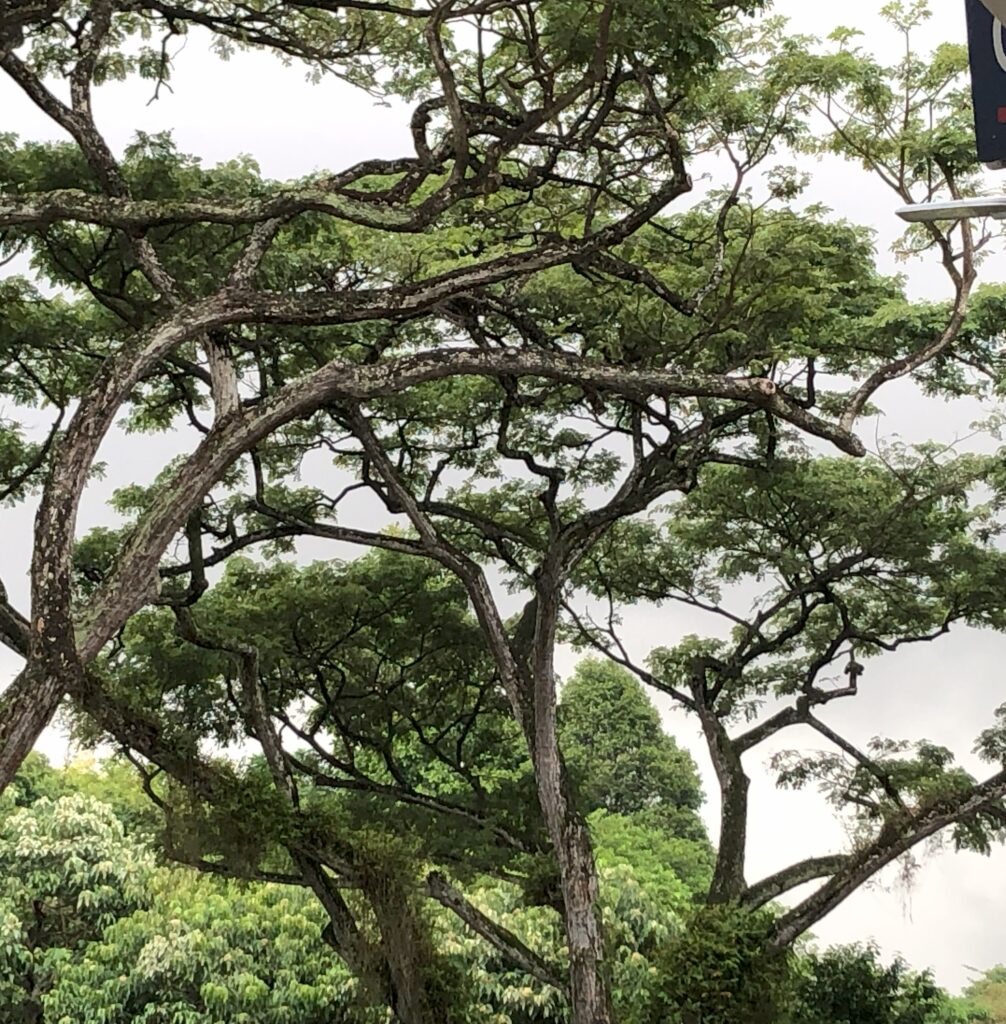
Dear Integral Meditators,
This week’s article looks at the practice of non-doing as a way of moving into being, & then deeper into non-being. It’s a key to effortless effort in meditation & in life! If you enjoy it, then it will form a central part of this week’s Tuesday & Weds meditation class. So do feel free to pop in, either live or online!
A couple of new events up for February: Saturday 17th, 9am-12pm – Integral love & compassion meditation workshop, & 24th, 9-11.30am – Integral meditation deep dive mini-retreat.
Last but not least, I’ve posted an integral meditation training page for my Simple, positive, creative & aware practice. Click on the link to watch the video, listen to the guided meditations & read the related article!
In the spirit of non-doing,
Toby
Resting under the tree of non-doing & unbeing
This is a simple meditation form to take you from doing, to non-doing/being, to unbeing. The image it uses is that of a tree. Beneath the guided meditation are three stories/quotes from which the meditation is partly inspired. Dropping into a space of non-doing and unbeing is a particular type of silence practice. If you practice it regularly you will find it an invaluable resource to relax, regenerate and come back to your life with new eyes and new inner strength.
Meditation: Resting under the tree of non-doing
1. Imagine yourself sitting under a tree. It’s a useless tree in the sense that its wood is so knotted it cannot be made into anything by a carpenter. The only thing it is ‘good for’ is sitting under and doing no-thing. When you sit underneath it, it provides shade, calm and peace. It is a wonderful place to be and non-do.
2. You can also sense that the tree is entirely happy to be itself. It is not trying to be anyone or anything else. It rests within it’s own natural dignity, it’s sense of inner sufficiency and completeness. As you sit under it, you can feel yourself getting in touch with your inner wholeness and natural dignity. You are just fine as you are. You are a complete being.
3. Resting whole and complete like the useless tree, when a thought arises, ask yourself the question ‘Who is it that is thinking the thought?’ Turn your attention inward toward the consciousness that produced the thought. Let your attention return to simply being aware rather than thinking, like a person returning to the shade of a tree after being in the hot sun. Go deeper into being, non-doing and non-thinking.
4. From being, now reach into the deeper stillness of Un-being, the Void out of which all Being comes.
Return to your outer awareness and close the meditation.
Reference 1: The Useless Tree by Chuang Tzu
Hui Tzu said to Chuang: I have a big tree, The kind they call a “stinktree.”
The trunk is so distorted, so full of knots,
No one can get a straight plank out of it. The branches are so crooked
You cannot cut them up in any way that makes sense.
There it stands beside the road. No carpenter will even look at it.
Such is your teaching– big and useless.
Chuang Tzu replied: So, for your big tree. No use? Then plant it in the wasteland
In emptiness. Walk idly around, rest under the shadow; No axe or bill prepares its end.
No one will ever cut it down. Useless? You should worry!
(Here is the full Thomas Merton version)
The Cedar Tree by Thich Nhat Hanh
“A cedar tree doesn’t have any desire to be a pine or a cypress or even a bird. It’s a wonderful manifestation of the Cosmos just as it is. You are a manifestation of the Cosmos. You are wonderful just like that.”
Resting under the tree of non-thinking – Quote from Ramana Maharshi ‘Who Am I?’
“The mind moves without rest, alternately going out of the Self and returning to it. Under the tree the shade is pleasant; out in the open the heat is scorching. A person who has been out in the sun feels cool when he reaches the shade. Someone who keeps on going from the shade into the sun and then back into the shade is a fool. Similarly, the mind of one who knows the truth does not leave Brahman (Self-as-consciousness)
Related article: What Does it Mean to Meditate on Non-Doing? (And why We should be interested in doing It)
Article content © Toby Ouvry & Integral Meditation Asia 2024. you are welcome to share, but please cite the source, thanks! Contact info@tobyouvry.com
Follow Toby on: LinkedIn, YouTube, Instagram
Integral Meditation Asia
Online Courses * 1:1 Coaching * Books * Live Workshops * Corporate Mindfulness Training *Life-Coaching * Meditation Technology

